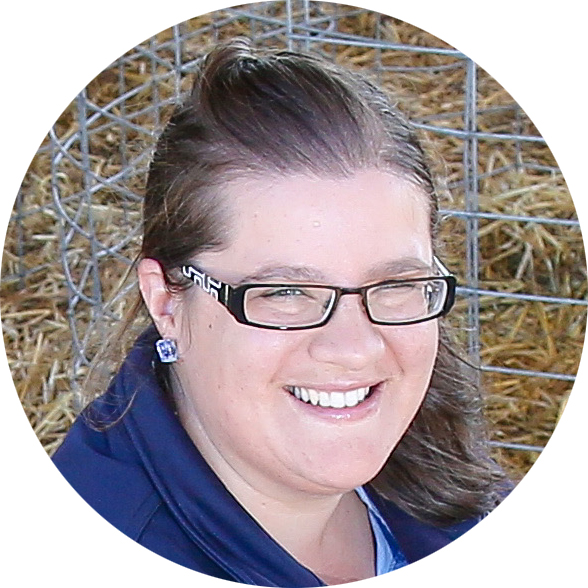Preventing pneumonia and pleurisy in sheep
 PRODUCTION ADVICE - FEBRUARY 2021 - ANIMAL BIOSECURITY & WELFARE
PRODUCTION ADVICE - FEBRUARY 2021 - ANIMAL BIOSECURITY & WELFARE
By Linda Searle
District Veterinarian
P: 03 5881 9919 | M: 0427 629 740 | E: linda.searle@lls.nsw.gov.au
 Have you ever thought about the cost of diseases?
Have you ever thought about the cost of diseases?
Recently, throughout the Murray Local Land Services area we have been diagnosing many cases of pneumonia and pleurisy.
Pneumonia is a general term for infection in the lungs. Disease usually occurs when a virus, bacteria or lung worm infects sheep due to failure of the respiratory defence mechanisms, often predisposed by environmental conditions. Pneumonia can also occur due to drench or dip fluid being accidentally introduced into the lung. Pneumonia can sometimes spread to the pleura, the membrane surrounding the lung. This is known as pleurisy and can stick the lung to the inside of the rib cage.
Pneumonia and pleurisy are costly to producers. Financial loss occurs due to deaths and reduced growth rates. Pleurisy can also lead to the trimming of the ribs, leading to a dramatic loss in carcass value.
How do you know if you have a problem?
Often the first thing noticed is a few deaths. Sometimes farmers notice an increase in coughing or poorly faring sheep in the mob. They may not keep up with the rest of the mob when moved and will be found at the back of the mob, panting or coughing. A good early indicator is seeing sheep standing around puffing like they have just run a marathon.
What can be done to reduce the risk of pneumonia?
1. Reduce dust
Dust can come from the environment or the feed. This can be particularly problematic in feedlots or when sheep are brought into the yards. Avoid yarding the sheep if you can, especially if it’s hot, dry and dusty. Wetting down the yards before the sheep are mustered can help reduce dust levels. Muster the sheep slowly and avoid over-enthusiastic dogs, especially in hot weather. If you are feeding your sheep particularly dusty feed, consider changing feed or talk to your nutritionist about additives, which can help reduce dust levels.
2. Have healthy sheep and minimise stress
Try not to mix different mobs together. Make sure sheep have a good diet, with enough energy to meet their needs. Try and shelter animals from extremes of heat and cold. Make sure sheep are not burdened by other diseases such as worms or infectious diseases by doing faecal egg counts and worming as appropriate. Making sure sheep are vaccinated against important local diseases can also help to reduce stress on the immune system.
3. Have a good drenching/dipping technique
If you are using oral drenches or plunge dipping, be careful to avoid liquid entering the lungs. A good drenching technique is to avoid lifting the sheep’s head vertically into the air. Also
try to avoid plunge-dipping sheep that are really thirsty or excessively tired.
4. Carefully monitor sheep after transport
Like shipping fever in cattle, sheep are more prone to pneumonia after being transported. Long distances in multi-layered vehicles are especially prone to issues. Keep a close eye on new arrivals and try to minimise stress, dust and sudden feed changes.
What can be done to treat pneumonia?
Different treatments apply for different causes. Viral pneumonias can often be overcome by the sheep without the need for any medication, as long as there is no secondary bacterial infection. Bacterial pneumonias will often respond to an antibiotic injection, which you’ll need to get from a veterinarian. Lung worm can be treated by a drench effective against lungworm.
Early diagnosis of disease is key to successful treatment, and to minimise the financial and physical losses from pneumonia. If you are concerned about pneumonia in your sheep, please speak to your local vet.
Some simple preventative measures can help limit the cost of pneumonia, both to your sheep and your bottom line!